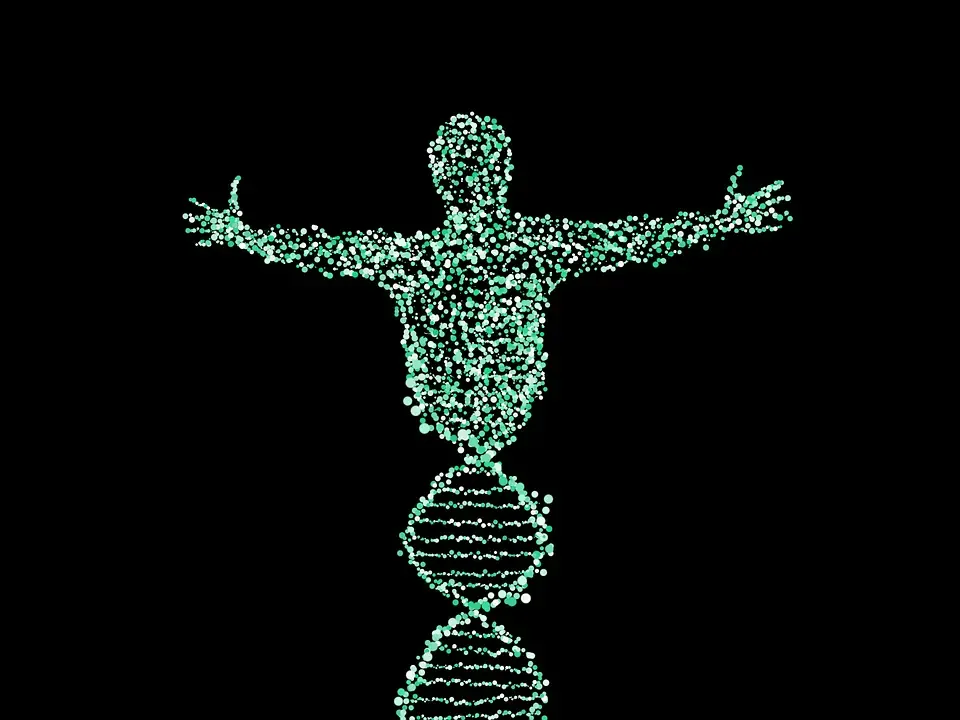Ad Code
Translate
Smart strategies for trading on crypto exchanges
October 20, 2025
Five Do’s For a Healthy Turnover That Bolsters Talent-Retention
October 20, 2025
What is Ozempic (semaglutide)? (Updated in 2025)
January 30, 2025
Discover Honeybee Pharmacy (2025 Guide Important Consumer Tips)
October 14, 2025
How To Find Suitable Properties In Cyprus?
October 20, 2025
Posture Bra: Improving Back Support and Comfort
October 20, 2025
10 Effective Strategies to Improve Domain Authority of Your Website
October 20, 2025
More Information About What Asian Ancestry DNA Testing Involves
Khabza Mkhize
November 29, 2019
If you’ve ever wondered about whether you’re from Asian heritage and would like to gain more information about the specific countries you are descending from, taking an Asian ancestry DNA test is the best method of finding out. The DNA testing market is more prevalent than ever with dozens of agencies at your disposal, ready to evaluate your genetic composition. However, it is essential to select a service that is perfect for catering to your specific needs. So, what exactly is DNA testing for Asian ancestry?
How Do You Know If You Descend From Asian Ancestry?
In point of fact, the word Asian refers to a single ethnicity, since the continent comprises forty-eight countries straddling five substantial regions and has a population of over 4.4 billion people. This means classifying as Asian could mean being Russian, Burmese, Chinese, Indian, Afghan, Sri Lankan, as well as several other possibilities. DNA testing is by far the most dependable way of telling whether you are of Asian descent, and you don’t even have to leave your house to do so. You can order a kit, offer a single saliva swab or sample, and leave the rest to science. There are several ways of testing DNA.SNP testing/Genotyping
All major DNA testing agencies perform SNP or genotyping testing. In this method, samples are compared to reference genomes, looking for particular SNPs, variances in genetic code that impact physical traits like hair texture and skin color. These variations can disclose ancestry from more than ten generations back. Siblings may inherit individual ancestry markers from each other; therefore, Asian DNA testing can reveal your brother to be 17% Asian, while yours could be a mere 6%. You can read now to find more in-depth information about the subject.Paternal And Maternal Haplogroups
Maternal haplogroup testing observes mitochondrial DNA that you’ve inherited from your mother, whereas paternal haplogroup testing examines the DNA you’ve inherited from your father. However, paternal haplogroup testing is only conducted on those that are born genetically male. It emphasizes the Y-chromosome, which is passed down from a father to his son. These tests can trace back anywhere from twenty to a hundred generations; however, since they’re based on parental genetics, they can only trace back two lines of a family tree, excluding other ancestries. For instance, if your grandmother (father’s side) is Asian, it means you won’t share a paternal or maternal haplogroup.STR Testing / DNA Fingerprinting
These sections of DNA repeat themselves in an identifiable and unique pattern. Agencies rarely depend on this method of testing, which is more commonly utilized for establishing familial relationships as well as forensic DNA profiling. These tests can disclose a percentage of Asian heritage; however, would not specify a particular region or country.Are There Any Limitations On An Asian Ancestry DNA Test?
Genetics is a moderately new science and is generally more broadly used in the East and West; therefore, more DNA testing is completed in Europe compared to Asia, despite the high percentage of the Asian population. This means DNA testing agencies do not have adequate Asian DNA signatures in their database to exactly estimate regional percentages, especially when it comes to Asian territories. However, it is probable to overcome these limitations of Asian ancestry DNA testing if more people take these tests, therefore increasing the number of Asian genetic signatures in the database.Featured Post
DL Mining Launches Ethereum Contract Participation Service, Helping Users Earn $2K Stable Daily Returns
Zizo Gala-Mkhize-
October 20, 2025
Soapie Teasers
Sister Sites
Most Popular
List of 6,000+ Dofollow Commentluv Blogs FREE (Updated 2025)
January 16, 2025
Five Do’s For a Healthy Turnover That Bolsters Talent-Retention
October 20, 2025
How To Choose The Right Place For A Winter Campsite
March 06, 2023
Popular posts
List of 6,000+ Dofollow Commentluv Blogs FREE (Updated 2025)
January 16, 2025
What is Ozempic (semaglutide)? (Updated in 2025)
January 30, 2025
Five Do’s For a Healthy Turnover That Bolsters Talent-Retention
October 20, 2025
Footer Menu Widget
Created By Blogspot Theme | Distributed By Gooyaabi Templates


Social Plugin